The electric vehicle landscape is undergoing a silent revolution, and at its forefront stands the Xiaopeng G6 - a vehicle that isn't just adopting 800V high-voltage fast charging technology but actively democratizing it. This midsize SUV represents more than another EV option; it signifies a fundamental shift in how consumers perceive and experience electric mobility.
Breaking the charging speed barrier has long been the holy grail of EV manufacturers. While most automakers were cautiously stepping into 400V architecture, Xiaopeng made the bold leap to 800V with their G6 model. The difference isn't merely technical jargon - it translates directly to real-world benefits that address the most persistent pain points of EV ownership. Where conventional 400V systems typically deliver peak charging rates around 150kW, the G6's 800V architecture enables sustained charging at 300kW or higher when paired with compatible infrastructure.
What makes the G6 particularly noteworthy isn't just its theoretical capability but its practical implementation. The vehicle's ultra-fast charging performance manifests most dramatically during that crucial 10-80% state of charge window where charging speeds typically taper off. While many EVs begin slowing their charging rate past 50% battery, the G6 maintains remarkably consistent speeds, adding up to 300km of range in just 10 minutes under optimal conditions. This changes the fundamental equation of long-distance EV travel.
The implications of this technology extend far beyond the spec sheet. Range anxiety, that persistent psychological barrier to EV adoption, diminishes significantly when drivers know they can replenish meaningful range during a coffee break rather than a lunch hour. The G6's charging curve demonstrates thoughtful engineering - it's not just about peak numbers but about sustained accessibility to those speeds across the battery's usable range.
Xiaopeng's approach to the 800V transition deserves particular attention. Rather than treating high-voltage architecture as a premium feature reserved for flagship models, the company has positioned the G6 as a mainstream accessibility play. This strategic decision accelerates industry-wide adoption by proving that 800V technology can be implemented at competitive price points. The G6's success challenges other manufacturers to follow suit or risk technological obsolescence.
Behind the scenes, the G6's electrical architecture represents a symphony of thermal management innovations. The battery cooling system works overtime to maintain optimal temperatures during ultra-fast charging sessions, while advanced power electronics ensure minimal energy loss during conversion. These supporting technologies are just as crucial as the headline 800V figure - they enable the system to deliver on its promises repeatedly without degradation over time.
Charging infrastructure represents the other critical piece of the puzzle, and here Xiaopeng has shown unusual foresight. The company isn't just building cars that can theoretically use 800V chargers - they're actively expanding their proprietary charging network to support these capabilities. Their latest generation of superchargers, strategically located along major travel corridors, can deliver up to 480kW, future-proofing their investment as battery technologies continue evolving.
The real-world impact becomes apparent when examining the G6's performance in varied conditions. Unlike some systems that only achieve peak speeds under laboratory-perfect circumstances, the G6 maintains impressive charging rates across a wide temperature range. This reliability stems from an integrated approach where the vehicle's thermal management system actively prepares the battery for optimal charging conditions, whether pre-conditioning via navigation or responding dynamically to ambient temperatures.
From an engineering perspective, the transition to 800V architecture solves multiple challenges simultaneously. Higher voltage means lower current for the same power transfer, resulting in reduced energy loss as heat and lighter cabling. These efficiencies compound throughout the vehicle's design, contributing to the G6's impressive overall energy efficiency. The system's sophistication becomes apparent in details like its ability to interface with both 400V and 800V chargers without external adapters - a convenience that masks considerable technical complexity.
Consumer education forms another crucial aspect of this technological transition. Xiaopeng has invested significantly in helping customers understand how to maximize their 800V charging experience. Simple behaviors like route planning with charging stops and taking advantage of battery pre-conditioning can dramatically reduce total charging time on road trips. This human element - ensuring drivers feel empowered rather than intimidated by the technology - may ultimately determine how quickly 800V systems become the new normal.
The competitive landscape is responding to Xiaopeng's gambit. Where 800V systems were once the exclusive domain of six-figure luxury vehicles, the G6's success proves the technology can be implemented at mainstream price points. This democratization effect is pulling the entire industry forward faster than regulatory pressures alone could achieve. Analysts note that the G6 has become a reference point for what consumers now expect from charging performance, resetting benchmarks in its class.
Looking ahead, the G6's 800V system lays groundwork for even more advanced technologies. The same high-voltage architecture that enables ultra-fast charging today will seamlessly support vehicle-to-grid applications and other bidirectional power uses tomorrow. Xiaopeng's decision to future-proof their platform demonstrates a long-term vision that extends beyond immediate sales figures to shaping the broader EV ecosystem.
Perhaps most impressively, the G6 achieves these technological leaps without compromising on other vehicle attributes. The cabin remains quiet and well-appointed, the driving dynamics balanced and responsive. This holistic approach - where groundbreaking charging capability complements rather than dominates the ownership experience - may be Xiaopeng's most significant achievement with the G6. It demonstrates that technological leadership needn't come at the expense of daily usability.
As charging speeds continue pushing physical limits, the G6 represents a sweet spot in the current evolution of EV technology. Its 800V system delivers meaningful real-world improvements without venturing into diminishing returns territory. For the growing number of drivers making the switch to electric, this balance between cutting-edge capability and practical accessibility makes the G6 not just another EV option, but a compelling vision of where the entire industry is headed.
The Xiaopeng G6's true legacy may ultimately lie in how it transforms consumer expectations. By proving that 800V charging belongs in the mainstream rather than remaining a niche capability, this unassuming midsize SUV is accomplishing what no technical white paper or industry conference could - making revolutionary technology feel normal, accessible, and ultimately indispensable to the next generation of electric vehicle owners.
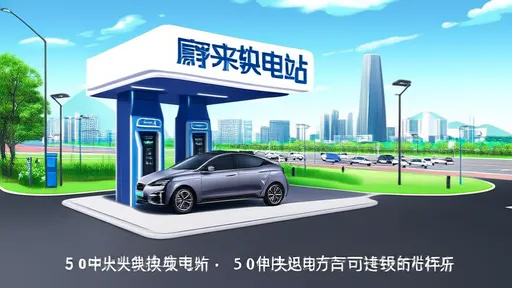
By /Jun 14, 2025

By /Jun 14, 2025
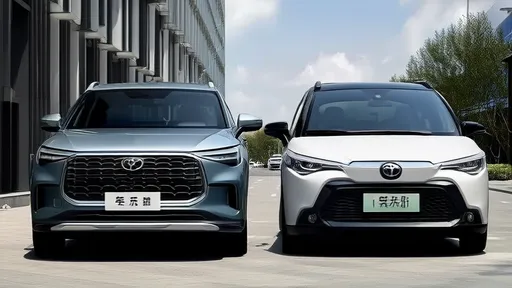
By /Jun 14, 2025
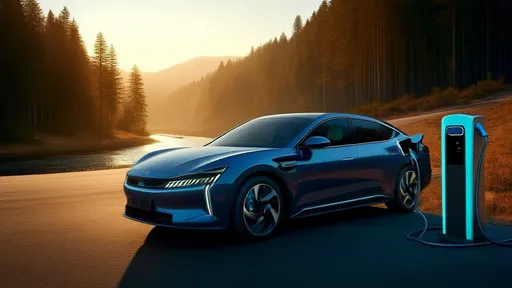
By /Jun 14, 2025

By /Jun 14, 2025
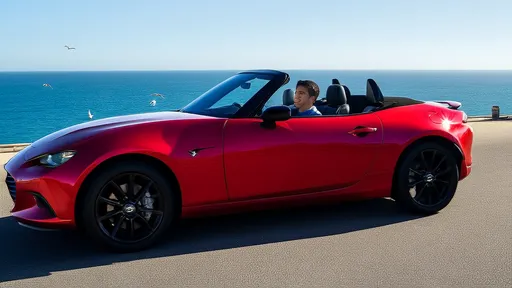
By /Jun 14, 2025

By /Jun 14, 2025

By /Jun 14, 2025
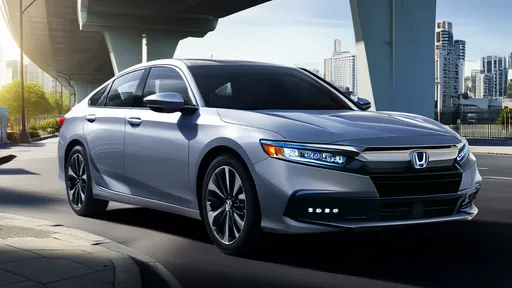
By /Jun 14, 2025

By /Jun 14, 2025
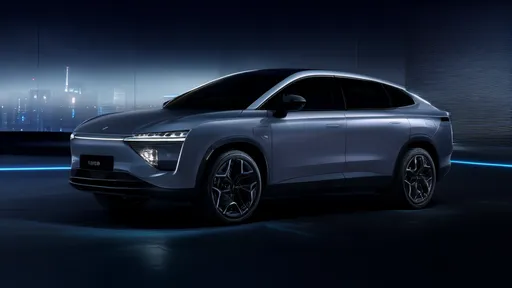
By /Jun 14, 2025
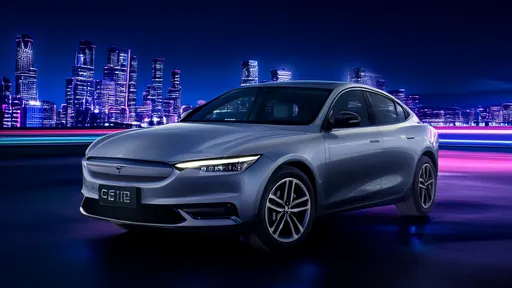
By /Jun 14, 2025

By /Jun 14, 2025
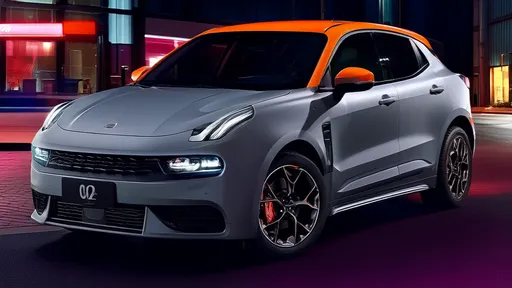
By /Jun 14, 2025
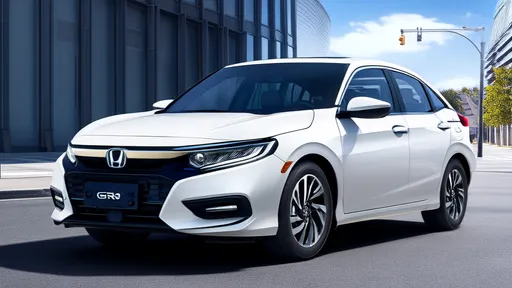
By /Jun 14, 2025
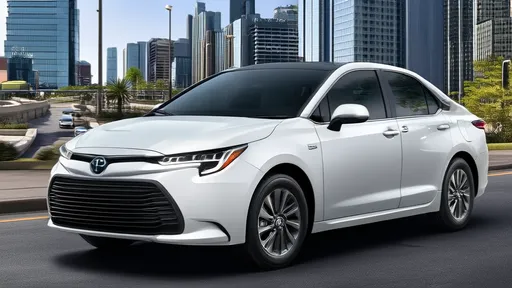
By /Jun 14, 2025
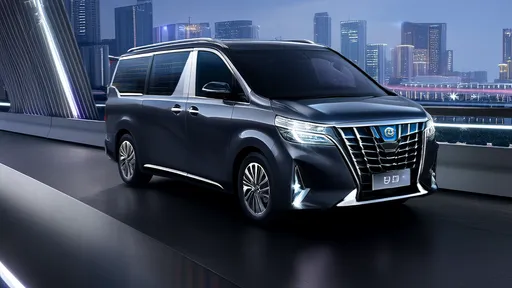
By /Jun 14, 2025
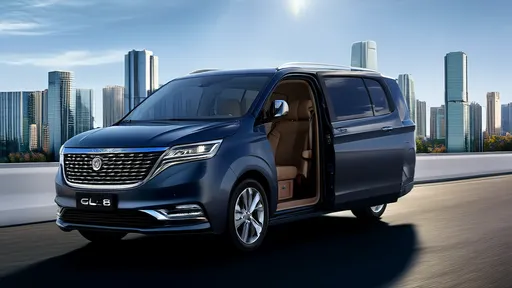
By /Jun 14, 2025
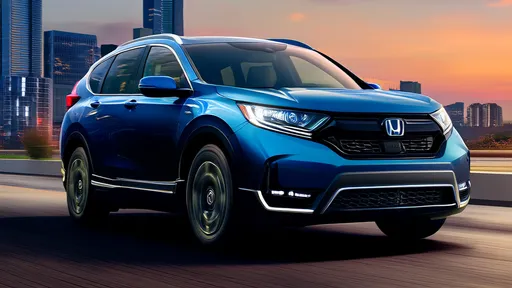
By /Jun 14, 2025
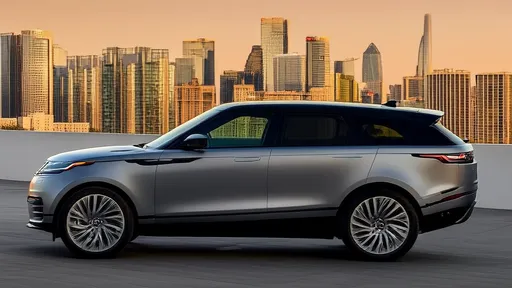
By /Jun 14, 2025